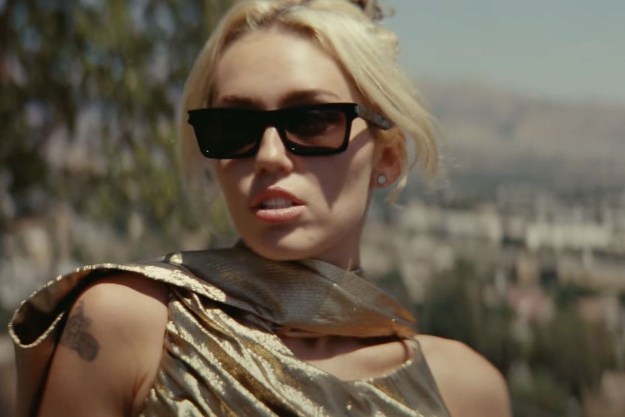As YouTube videos become more polished, the platform is expanding a more casual method for creators to share with fans: YouTube Stories. After testing the widely imitated Stories format last year, YouTube is now rolling the feature out to creators with more than 10,000 subscribers, alongside new features like the option to comment on Stories.
The Snapchat-original format has now been widely adopted by several social media platforms from Facebook and Instagram to LinkedIn. On YouTube, the brief video format appears to be designed for less formal videos, like casual vlogs and behind-the-scenes updates, as brief, vertical videos. Google calls the format lightweight, easy, and fun.
Unlike the original Stories format (and most adaptations), YouTube Stories will stick around for a week instead of a day. As with Instagram, creators who already have access to the feature, like FashionByAlly, have also saved and categorized some Stories for viewers to watch beyond that seven-day period. The format also adapts the usual options to plaster the video with stickers and text, or to adjust the video with a filter.

While YouTube Stories previously launched among a smaller group of creators for testing, today’s wider rollout also brings a new comment feature. The Stories comments will have similar options to YouTube’s usual comments, including comment moderation, and the thumbs up and down and heart buttons. Creators can also reply to comments directly in the Story.
Creators record a YouTube Story using the app’s camera. To see the feature, creators need to be part of the YouTube Partner Program, which requires at least 10,000 subscribers to join.
Stories can be spotted in its own tab on the channel’s page, but will also be rolling out to the subscriptions tab. For non-subscribers, Stories may still pop up on the home page or in Up Next lists.
The feature could give creators a casual way to share beyond the traditional YouTube video. Critics of the new feature call it a copycat effort, others complain about seeing Stories from channels they don’t subscribe to.
YouTube began testing Stories a year ago, originally calling the feature Reels before switching to the more common Stories. YouTube says today’s wider rollout includes feedback from those early tests.
Editors' Recommendations
- The 19 best YouTube videos for kids (April 2024)
- YouTube tells creators to start labeling ‘realistic’ AI content
- YouTube TV: plans, pricing, channels, how to cancel, and more
- 10 most popular MrBeast YouTube videos, ranked by views
- Best free Christmas movies on YouTube in 2023




